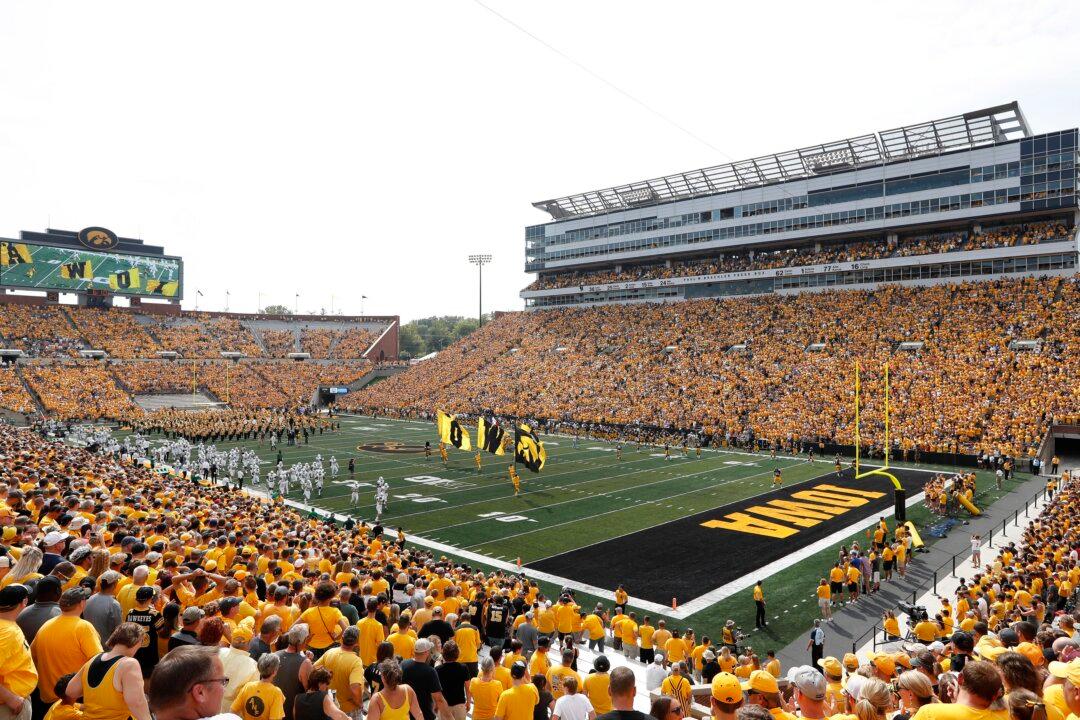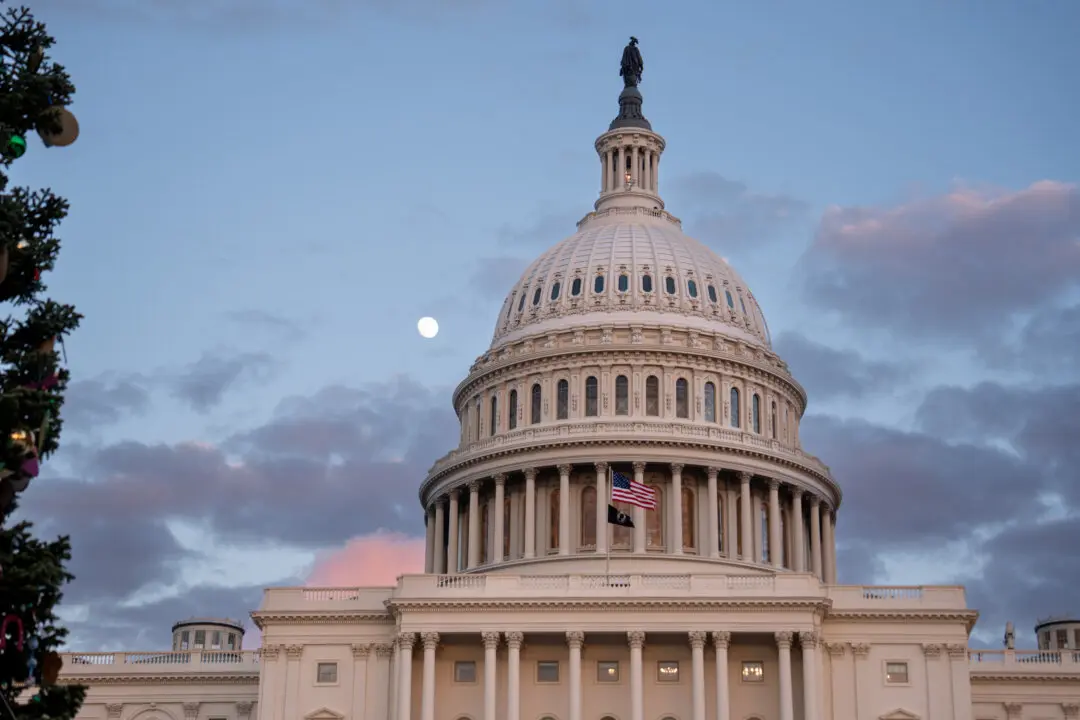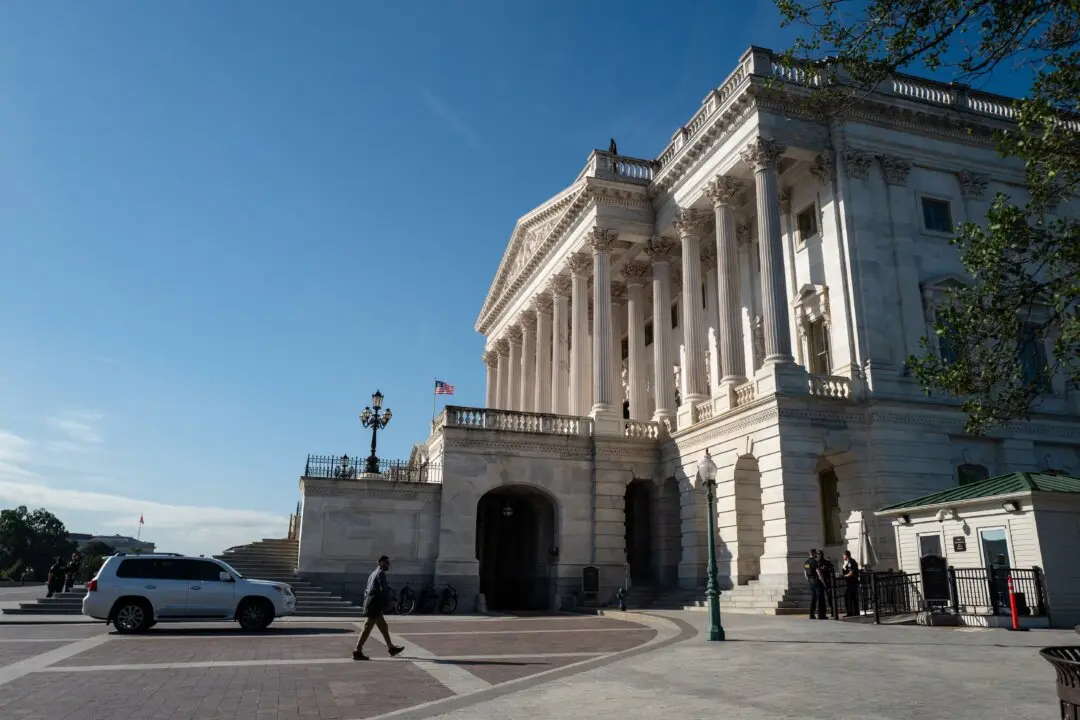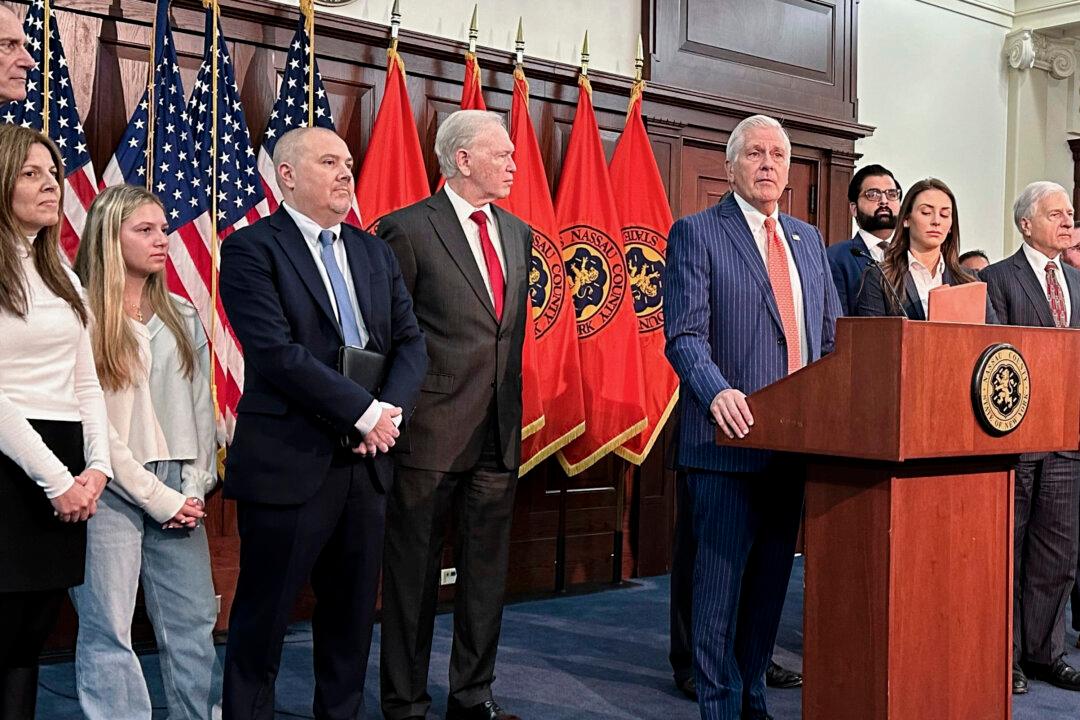College football has been undergoing significant changes as programs have recently changed conferences—possibly presenting antitrust concerns, according to experts who spoke with The Epoch Times.
This year, Brigham Young University, the University of Central Florida, the University of Cincinnati and the University of Houston will leave the American Athletic Conference (AAC) for the Big 12, which currently includes 14 schools. Next year, the University of Arizona, Arizona State University, the University of Colorado and the University of Utah will join the Big 12 from the Pac-12.





